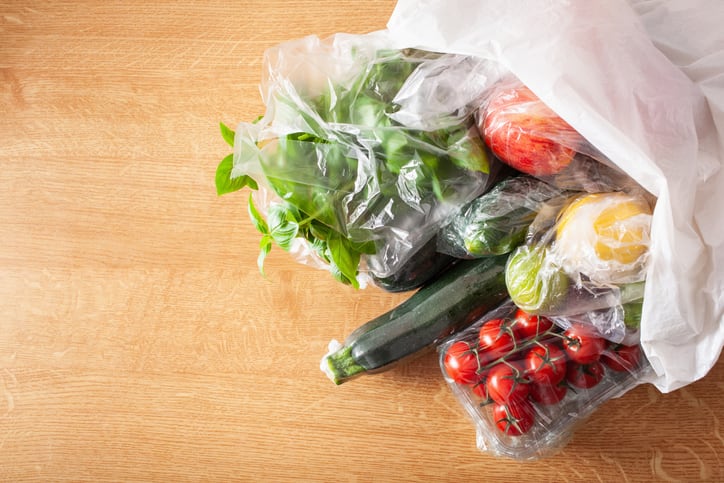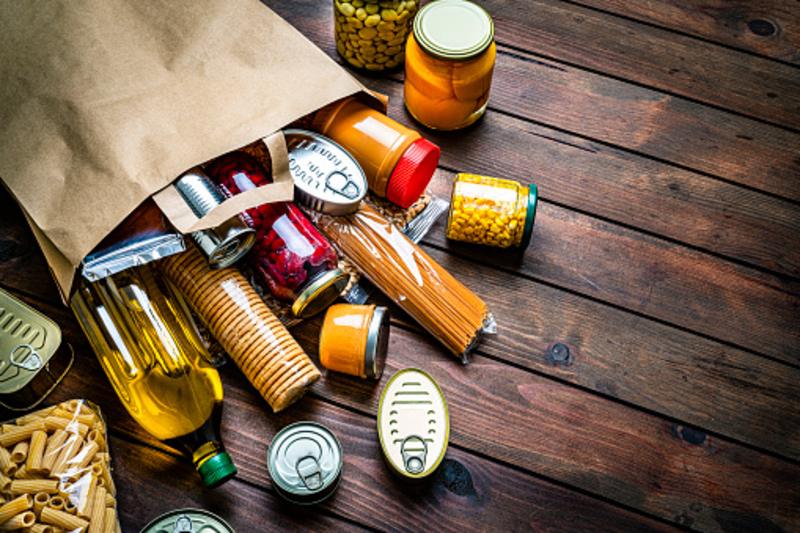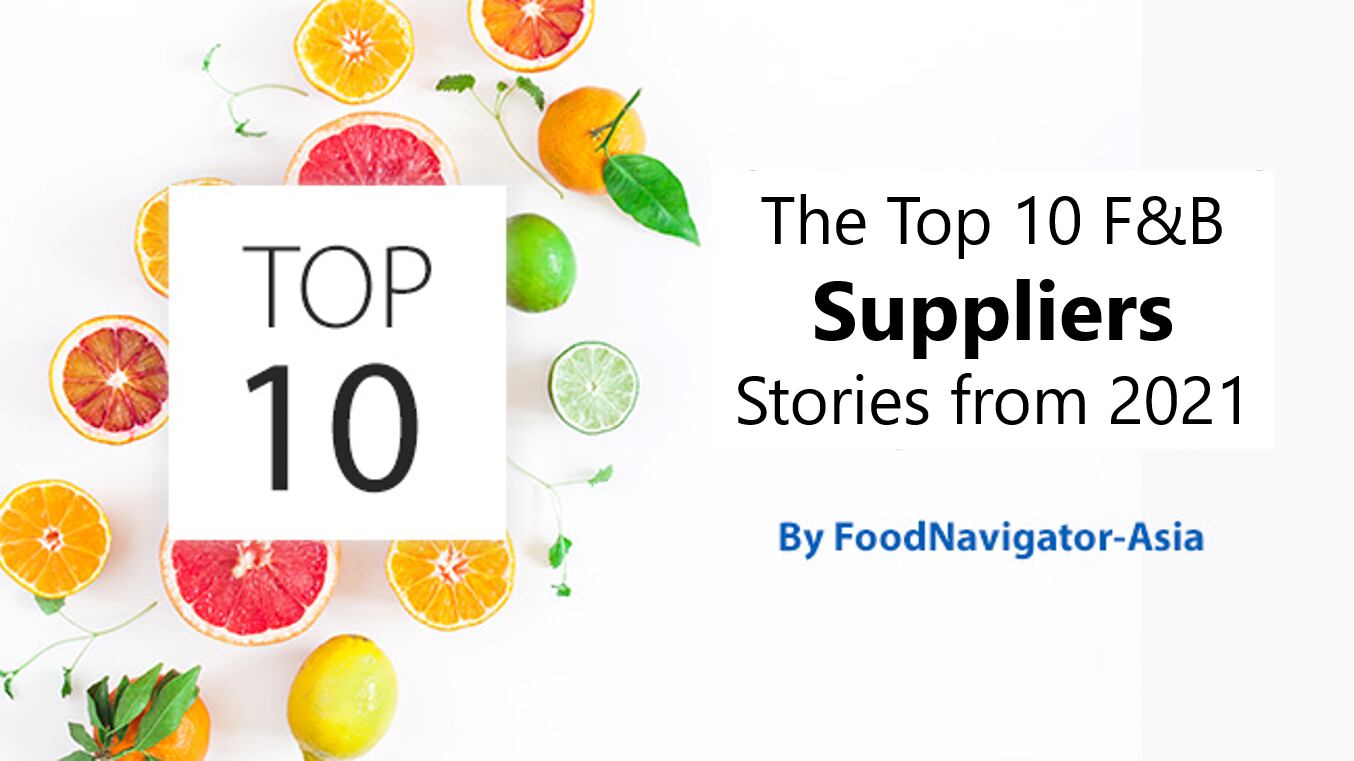This is set against the backdrop that the total loss and waste of fruits and vegetables in Asia will reach an estimated 625 million tonnes by 2030, according to the United Nations.
This is a major environmental concern according to Alan Adams, APAC sustainability director at Sealed Air. “Wasted food disposed of in landfills produces enormous amounts of methane, a greenhouse gas at least 28 times as potent as carbon dioxide.” Food loss also meant a waste of resources such as fuel and freshwater.
Richard Smith, Amcor’s APAC director of sustainability, added: “The product normally has a much higher environmental footprint than the packaging, and so it is critical that packaging protects the product from losses and avoiding food waste,”
The pandemic has also lead to an increasing focus on packaging for the growing e-commerce and e-grocery sector.
“Given that food is now travelling not only from the farm to store but also from store to doorstop, using the right packaging application ensures that food travels safely and timely through the supply chain to reach consumers and deliver a great eating experience,” Adams said.
“We are seeing a spike in demand for fresh food and groceries to be delivered on demand, and people shifting to fresher and healthier foods with minimal or no preservatives,” he added.
Reacting to these trends, Sealed Air launched TempGuard, a brand of insulated box liners that are fibre-based to protect temperature-sensitive foods, replacing polystyrene bins with a recyclable and renewable option.
The firm also believes that smart packaging solutions can help reduce waste during food production and consumption.
Cryovac, which is Sealed Air’s food packaging arm, developed a smart packaging for avocado spread using cold high-pressure pasteurisation which can increase the shelf life of the product from 30 days to 90 days, “allowing more of the crop to be processed, shipped and enjoyed, and reducing crop losses,” Adams said.
Sustainability
As consumers in APAC increasingly educate themselves on sustainability, packaging firms are increasingly pledging to use recyclable or reusable materials in their food packaging.
So far, Sealed Air has achived 50% recycled or renewable content across all packaging solutions.
Amcor meanwhile pledged in 2018 to produce reusable and recyclable packaging by 2025, “and we would significantly increase our use of recycled materials and work collaboratively across the supply chain to increase recycling rates,” Smith said.
One example is Amcor’s new packaging for Mondelēz in Australia. The recycled soft plastic packaging was developed for the Cadbury Dairy Milk brand, and will be available in Australian supermarkets from September 2022.
Effective recycling
Even though consumers in APAC are increasingly passionate about the sustainability of their packaging, they also need information and transparency to understand their own role in keeping waste out of the environment.
A recent survey by Amcor of 12,00 consumers across US, UK, Germany, Australia, China and Brazil revealed that 76% of consumers wanted to recycle more, and 83% wanted brands to make it clearer on how to recycle packaging.
“In the APAC region, one of the main challenges we face is the lack of formal waste collection and recycling infrastructure, and clear recycling regulatory frameworks,” Smith told us.
“There are also many countries across the region without clear regulatory frameworks to help define the requirements for packaging design and labelling for recycling. In other countries, the regulatory requirements do not allow for the use of recycled content, which limits the ability of packaging to be fully circular.”
Without formal clear infrastructure and guidance on packaging, there is a real challenge in informing consumers on how to recycle their packaging effectively.
Amcor said this is where responsible packaging is key in increasing recycling rates.
“Getting the recycling infrastructure right so packaging is collected and sorted properly after it has been used is vital to ensuring packaging is kept out of the environment.”
Smith said more countries could establish a regulatory framework, similar to what is seen in Australia through the Australian Packaging Covenant Organisation (APCO), to help guide the industry.




